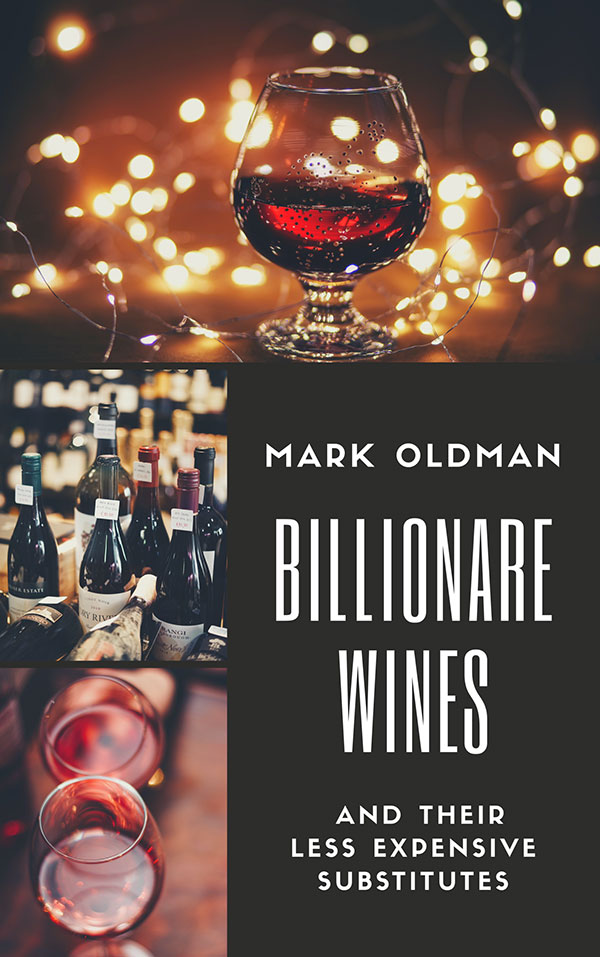Have you ever heard of cult champagne? When wine lovers rhapsodize about “cult wine,” they are typically talking about ultra-high quality, small-production California cabernet sauvignon blends like Screaming Eagle or Araujo Estate or a few other rare reds from around the world, such as Le Pin from Bordeaux or Pingus from Spain.
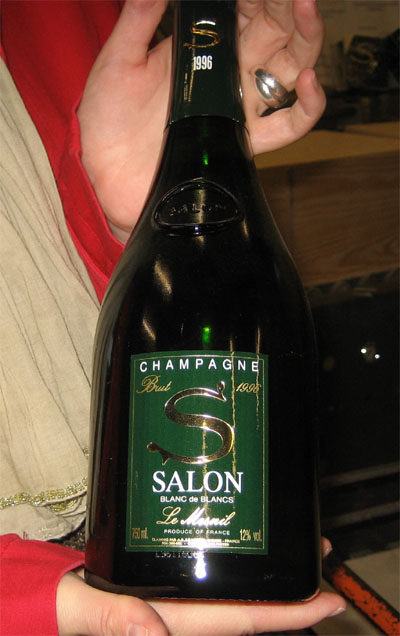
But who has ever heard of “cult Champagne”?
Prestige cuvées like Taittinger’s Comte de Champagne, Veuve Clicquot’s La Grand Dame, and Moet & Chandon’s Dom Perignon, despite their exalted reputations, are hardly produced in the microscopic quantities that qualify for cult status; indeed, DP is rumored to have a production run exceeding 100,000 cases annually.
And then there’s Champagne Salon, which sees an annual trickle of just 6,000 six-bottle cases, released only three or four times each decade. Rap songs don’t refer to it. Its packaging is far from bling-y, unlike, for example, Cristal’s gloriously translucent bottle or Dom Perignon’s sexy black curves. In fact, the “S” marking Salon’s label symbolizes, for me, the notion of singularity: there is but one version, made from a single grape (Chardonnay) and a single vineyard, the fabled Le Mesnil. There is no rosé bottling, no non-vintage cuvée, no sweet version – as all of Salon’s eggs are in one basket.
And what a fine creature these eggs make. Because Salon originates from 100% white wine grapes that are grown in uniquely chalky soil, it typically enters the world with a lean, citrusy, sometimes steely quality – refreshing for sure, but hardly the nirvana of nuance it will be capable of achieving down the road.
Indeed, Salon needs time to strut its stuff, even though it ages at the winery for a minimum of eight years before release. Whereas many cult Champagnes are at or near their peak when young, Salon invariably improves with at least a decade or more of bottle age. When I visited the winery last year, the 1996 Salon ($225-275/bottle) proved itself just this kind of monument in the making: appealingly crisp and pure, but not yet showing the sublime subtleties that age will bring. In contrast, when I tasted the 1990 ($400-$450) a few years ago in California, it displayed a complex nose of almonds and baked bread and honey, balanced beautifully by an apply goodness and a racy vein of acidity – the essence of cult Champagne at its shimmery best.
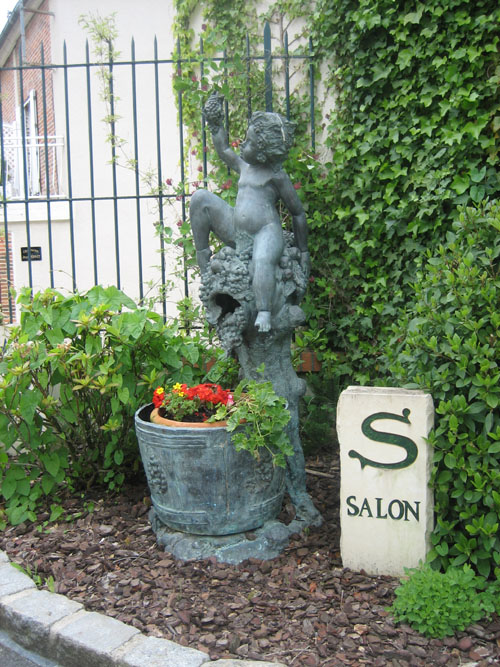
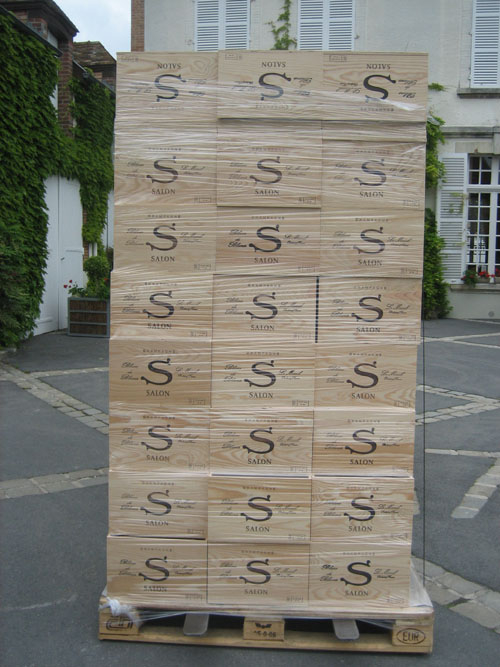
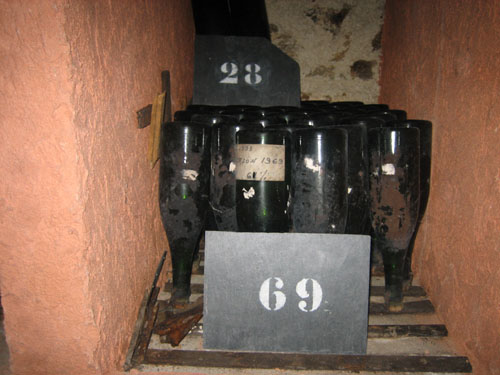
Published in the October issue of Number Wine, a terrific new wine magazine distributed in Europe.

